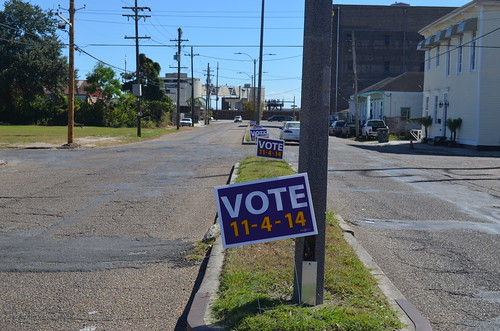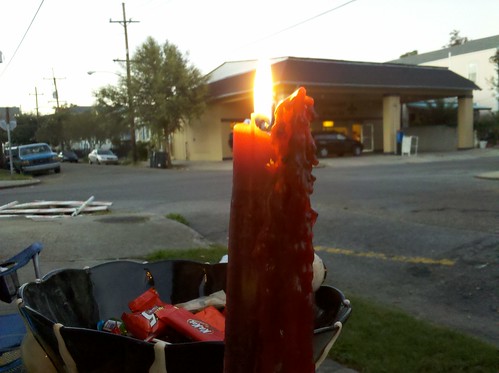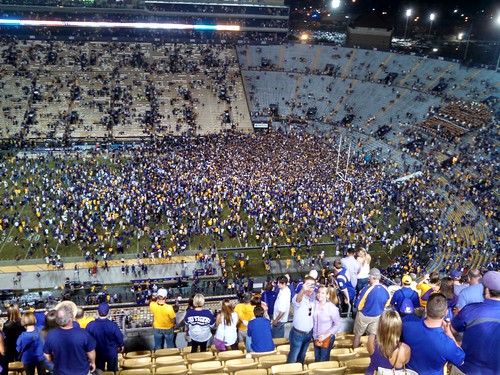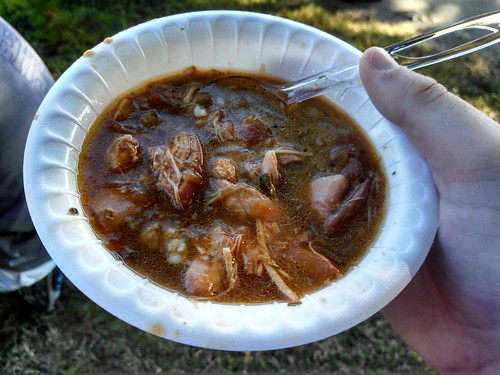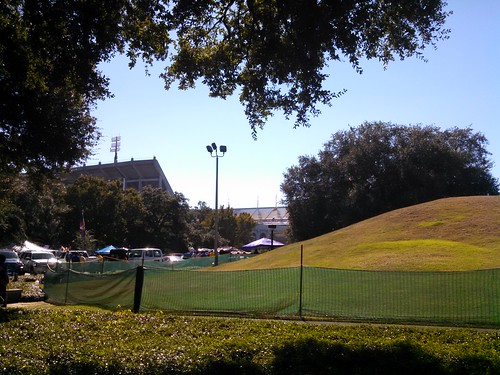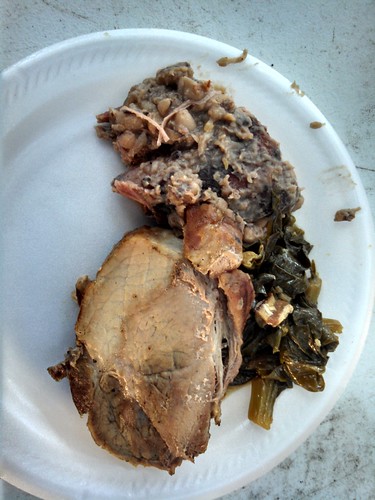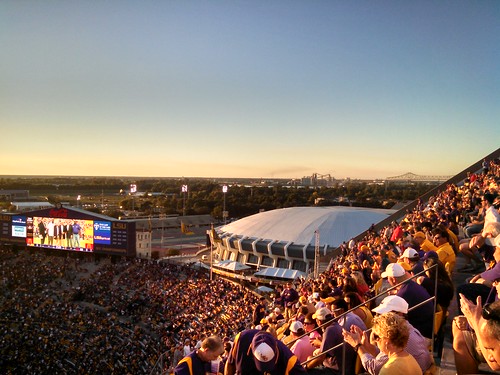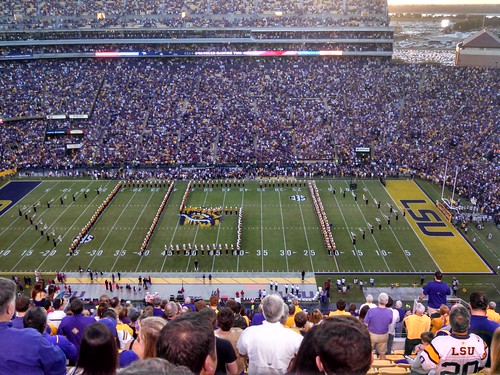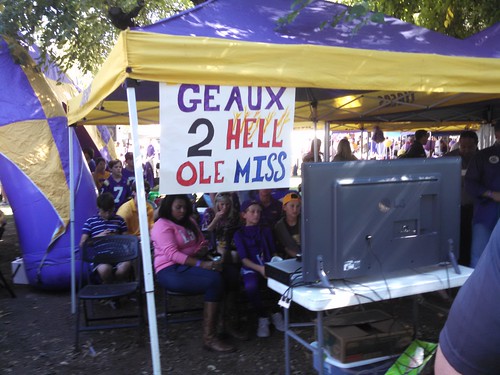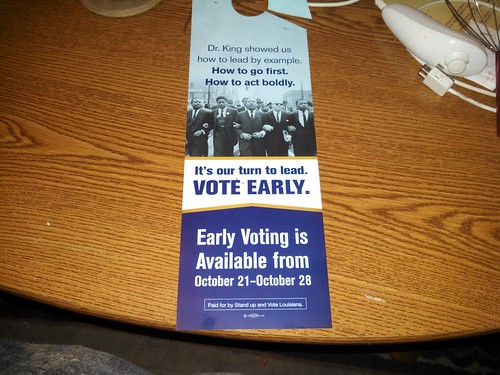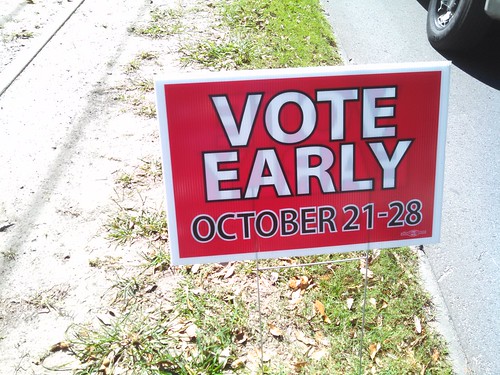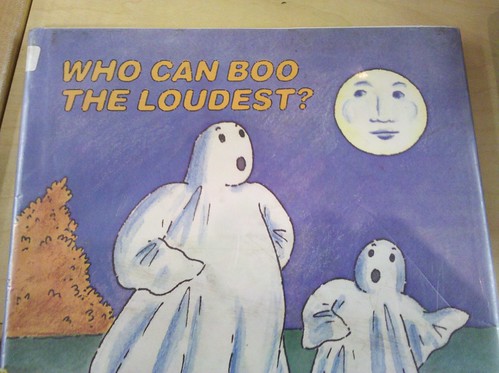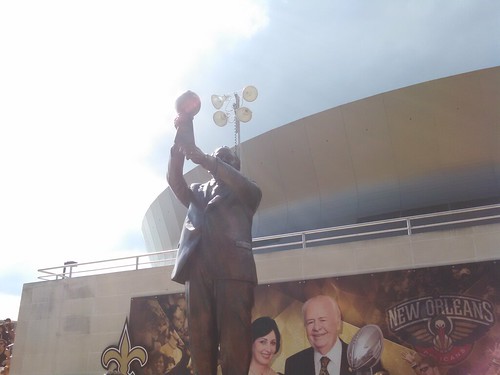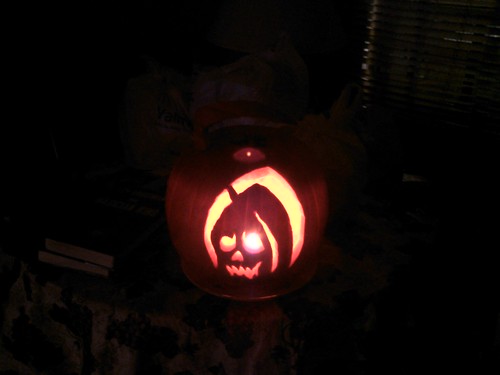
Mary Landrieu's electoral prospects?
The early voting period for the November 4 election ended Tuesday. From Mary Landrieu's point of view, the turnout looks good but probably not good enough.
The Secretary of State's office reports that just over 236,000 ballots have been cast for the Nov. 4 election. In 2010 -- when Vitter was at the top of the ticket -- only 125,000 people voted early.It's difficult to interpret 2008 as a benchmark. It's the last time Mary Landrieu was on the ballot. But the turnout was obviously driven by Barack Obama's presence. Contrary to what is implied by Bill Cassidy's commercials, Obama is not on the ballot this year.
Still, the 2014 early voting numbers don't compare to early turnout in 2008, when Landrieu was last on the ballot. In that election -- which featured President Barack Obama for the first time -- over 292,000 people turned out to vote early.
On the other hand, the 2010 midterm was such a snoozer in Louisiana that it doesn't fit the bill either. 2012, the election I've been looking at to get a set of upper-end aspirational turnout numbers for Democrats, is different as well. That was a Presidential year with no Senate race on the ballot. But, since it also saw the highest turnout numbers of all, it deserves some attention. (You can find all of these turnout numbers at the Secretary of State's website, btw)
So we've got 2008: Mary and Obama running together; 2010: Neither Mary nor Obama; 2012 Obama but no Mary; and 2014 Mary but no Obama. Lots of variables there, including the general trend toward more early voting in each election. It's a confusing game to play at and it might even be pointless... eh but okay here we go.
The T-P has already done the work of comparing this year's numbers with 2008 and 2010. Statewide, the early vote total in 2012 was 356,603. So that's:
2008: 292,213
2010: 125,054
2012: 356,603
2014: 236,088
I'm going to try and compare apples to apples without getting too complicated. First let's look at the expected drop in turnout that happens between every Presidential election and its following midterm.
The difference between Presidential year 2008 and midterm 2010 was a 57% drop in early vote turnout. But compare Presidential year 2012 to midterm 2014 and the drop is only 33%. This suggests that Landrieu is succeeding at driving the turnout up this year.
But it's also true that more people are opting to vote early each election cycle as they get more and more used to the process. Let's assume the two Presidential elections, where early turnout increased by 22% from 2008 to 2012, provide a fair baseline for this expected natural growth in early voting.
If we, then, compare the two midterm elections (2010 and 2014) we get an eye-opening 88% increase in early turnout.
The difference between 2010 and 2014 has to be significant.
Even more significant will be placement. Landrieu is counting most on juicing the turnout in Orleans Parish. You probably noticed these signs around town last week.
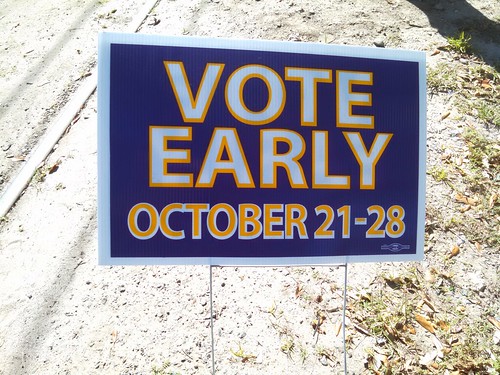
Here are the early vote turnout numbers from Orleans Parish for the elections under discussion.
2008: 16,912
2010: 9,733
2012: 30,304
2014: 23,152
You can play around with those numbers if you like but here is what I find most significant. Remember the statewide drop in early turnout from 2012 to 2014 was 33%. In Orleans Parish it was only 23%. This suggests that Mary is getting people to vote where she needs them to. There still may not be enough of them, of course. But the answer to the main question here is, yes, the early vote push was effective.
This is different from saying it will help Landrieu win, of course.Take a look at this New York Times feature on the Louisiana elections published this week.
The degree to which that last observation is true will be the key to this race. The idea that you can win a statewide election in Louisiana with an unappealing nerd of a candidate running on a generic nationalized platform feels wrong.The main political event this year, the Senate race, could not be further removed from the Edwards era. No one here at the harvest festival was particularly excited about Senator Mary L. Landrieu, a three-term Democrat, or Representative Bill Cassidy, the Republican challenger who will most likely face Ms. Landrieu in a runoff. A few said they might vote for Rob Maness, a hard-right Tea Party favorite and retired Air Force colonel who is also running, though most acknowledge his chances are slim.“They used to say that the biggest sin in Louisiana politics was to be boring,” said R. Michael McHale, a lawyer in Lake Charles. “Now Louisiana’s become more like Washington. To a certain extent, elections aren’t even about Louisiana anymore.”
The polling right now suggests that Cassidy defeats Landrieu in a runoff. But still one's instincts hew back toward the notion that, when they really have to decide whether or not they want to make the "weird dude" their Senator based on cable news talking points that have little if anything to do with Louisiana, voters are going to balk.
Earlier this week I wrote that Mary and Cassidy are making different assumptions about what voters think a Senator is for. Here is more on that from the NYT piece.
Do voters care that Mary Landrieu, whatever her faults, at least presents herself as Louisiana's Senator rather than just the Democratic Senator from Louisiana? Or are they more interested in voting against the effigy of Barack Obama her opponents seem to be running against instead of her?Roughly $40 million has been spent on the Senate race here by campaigns and outside groups, and television is saturated with a wave of nasty ads that have exasperated the fact-checkers. But it is not the most expensive race in the country, nor is it remarkably nastier than the rest of the paint-by-numbers Senate campaigns this year.Mr. Cassidy is running a generic if effective Republican campaign, tying Ms. Landrieu to President Obama, to Harry Reid, and to Washington in general. Ms. Landrieu could be described as the standard-bearer for an older style of Louisiana politics, with a bring-home-the-bacon campaign. But even she is relying for her survival on millions of national ad dollars and a typical Democratic constituency of black voters and women.
Probably the answer is the latter but tune in Tuesday just in case.
